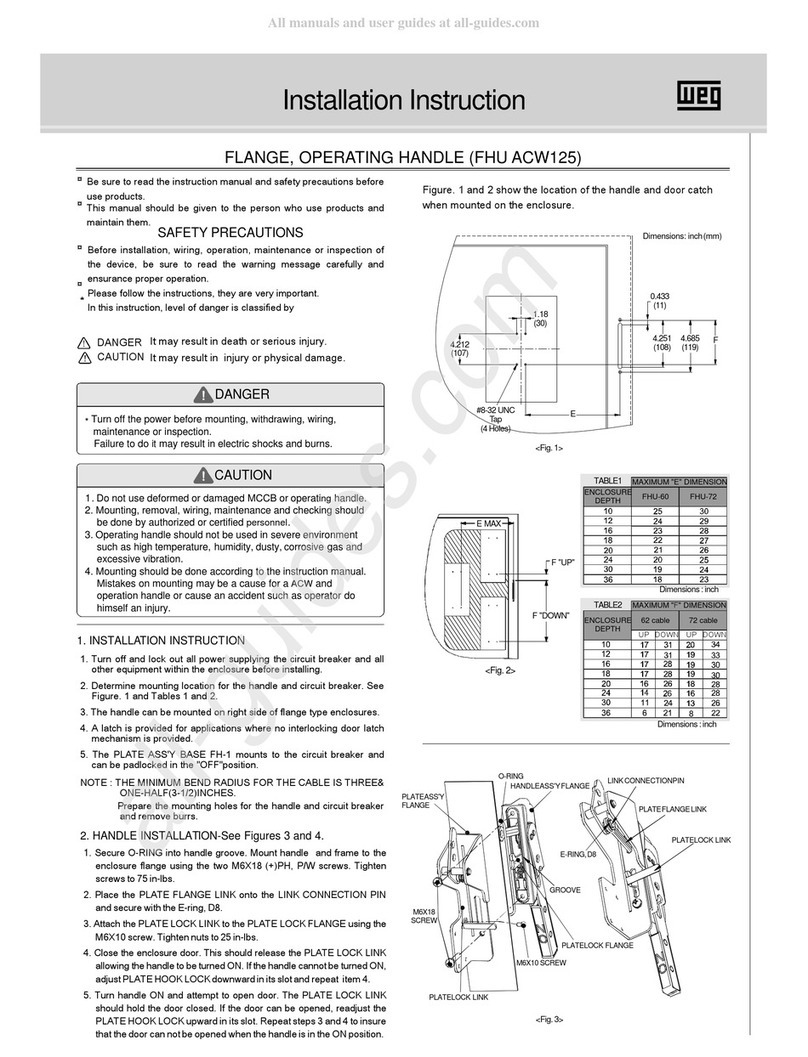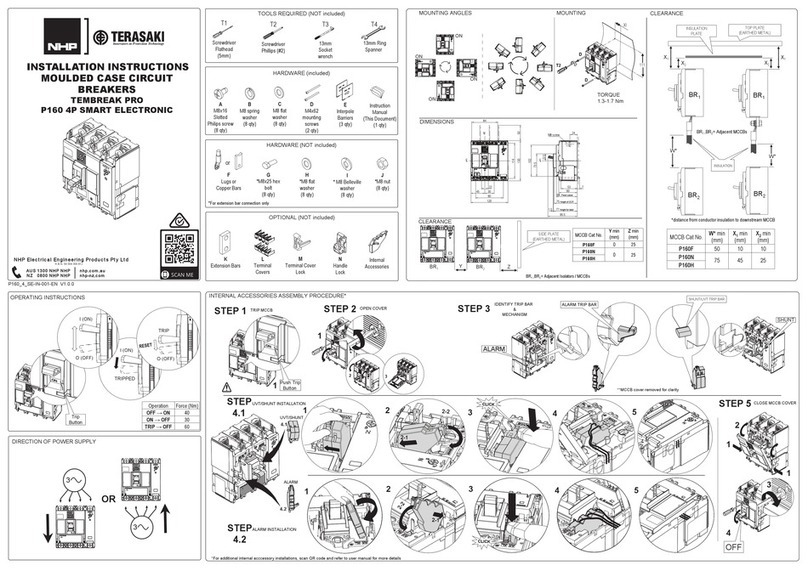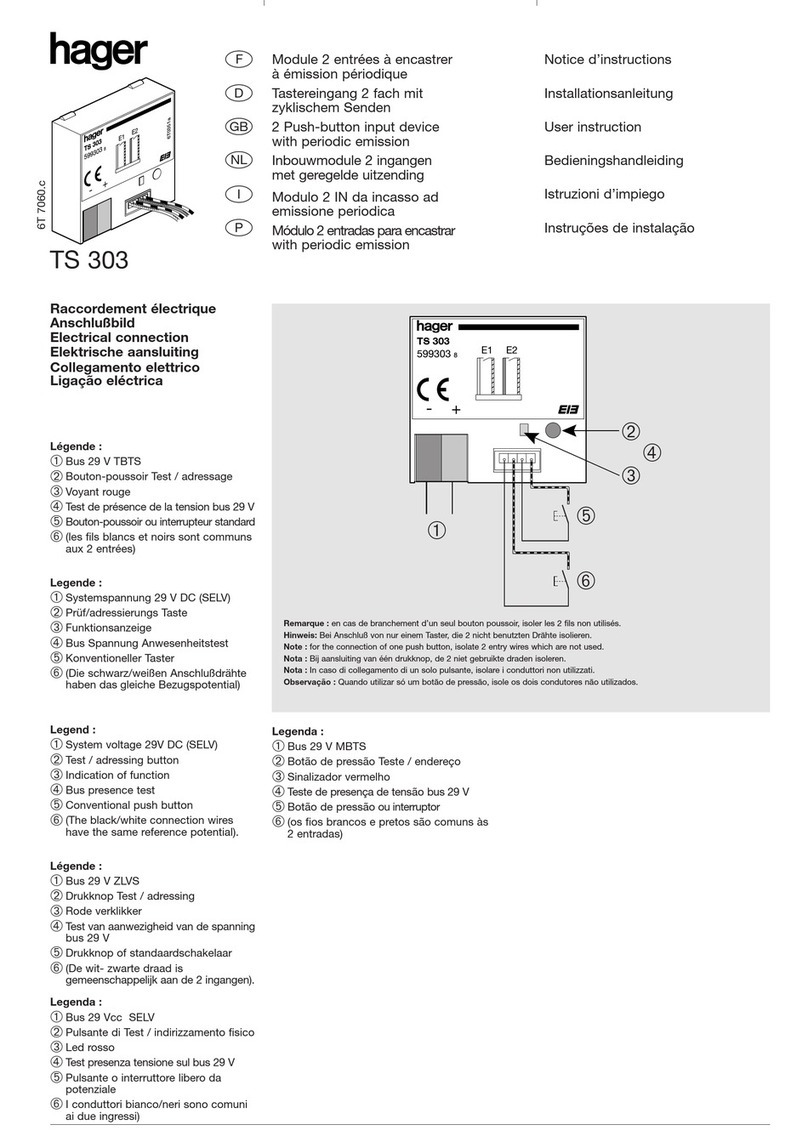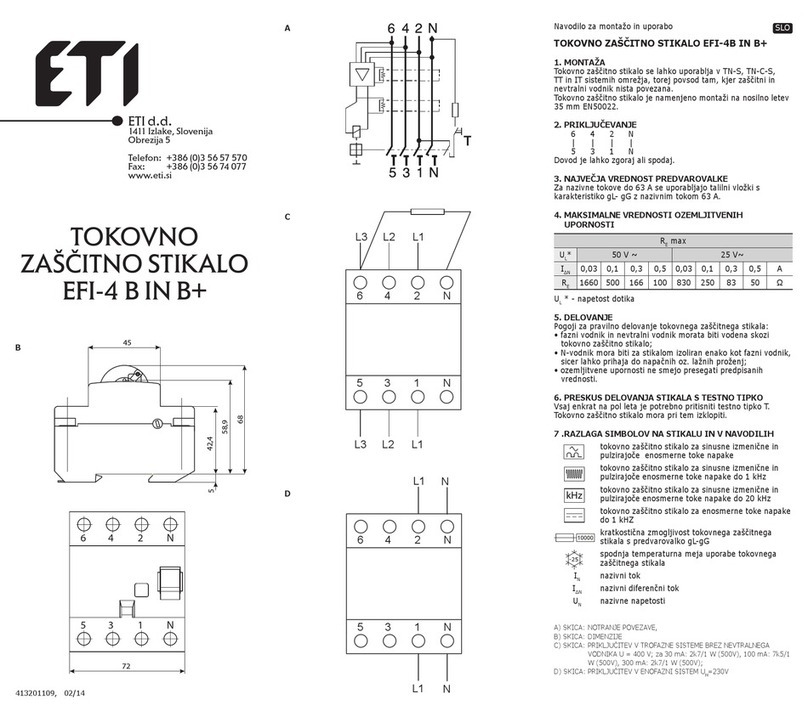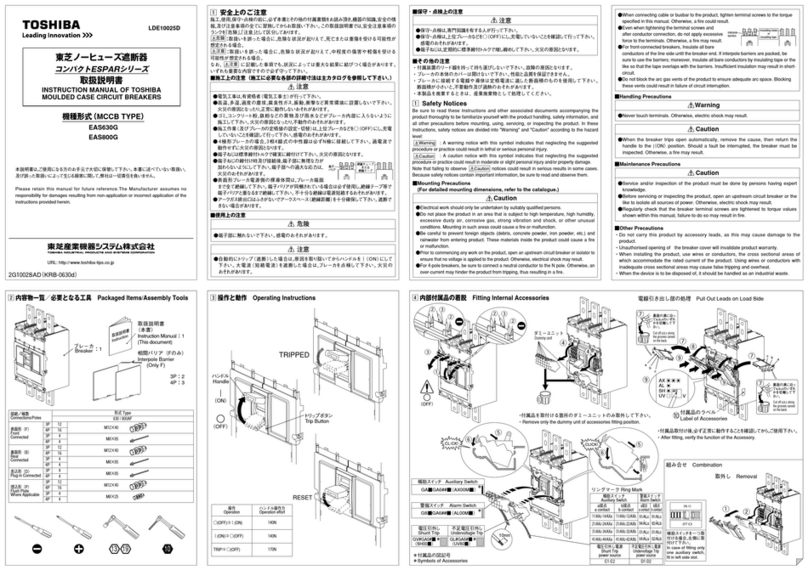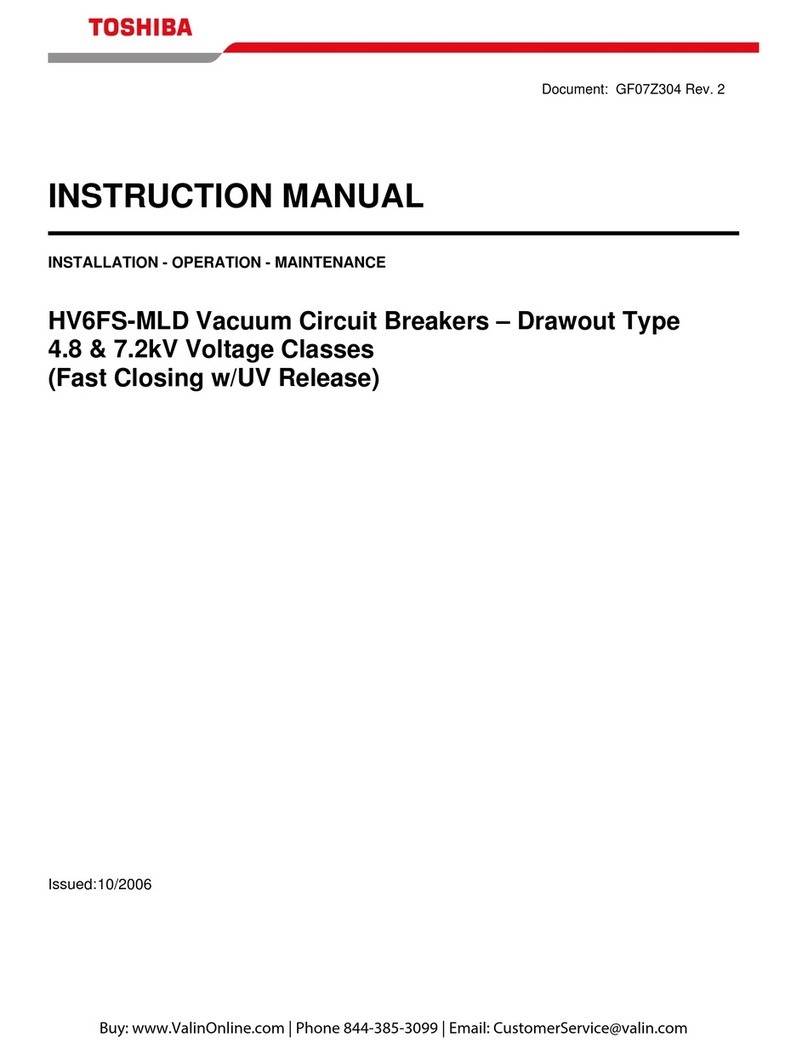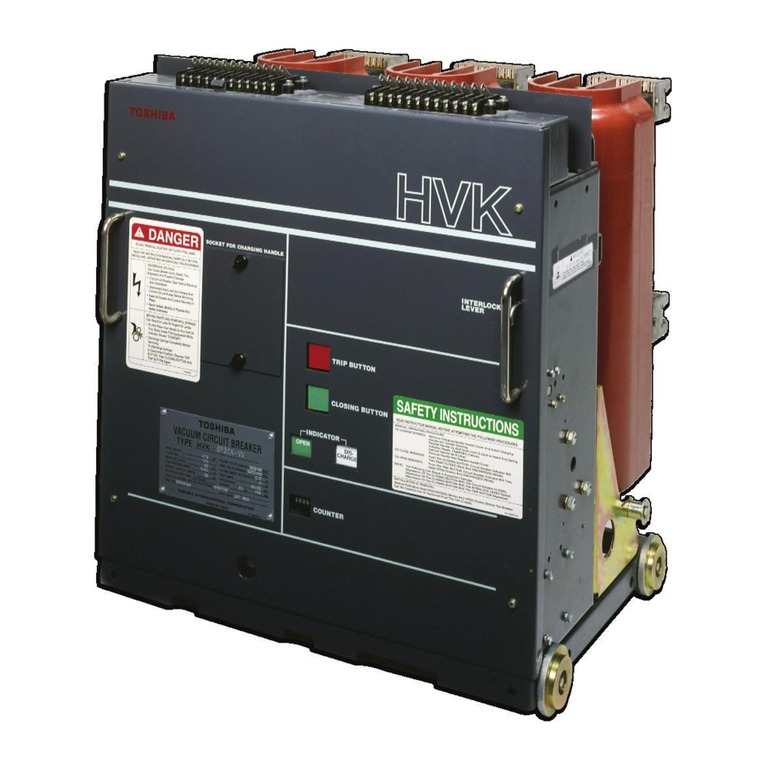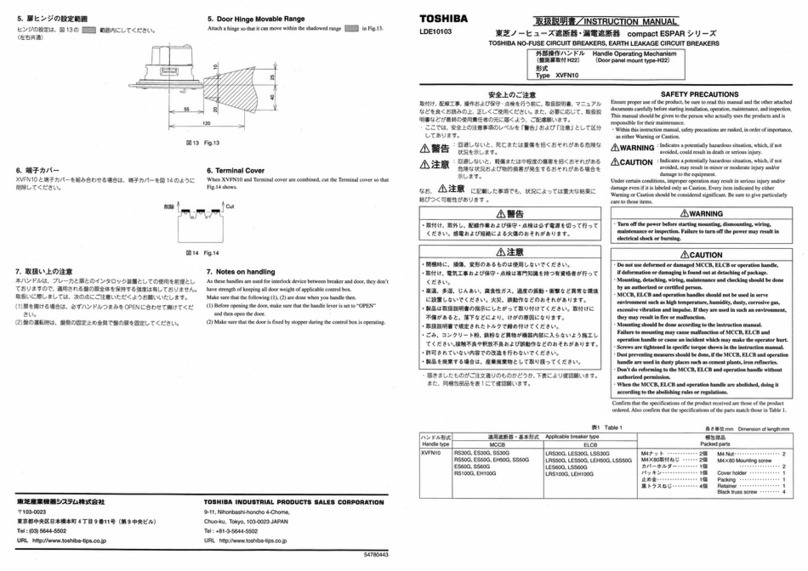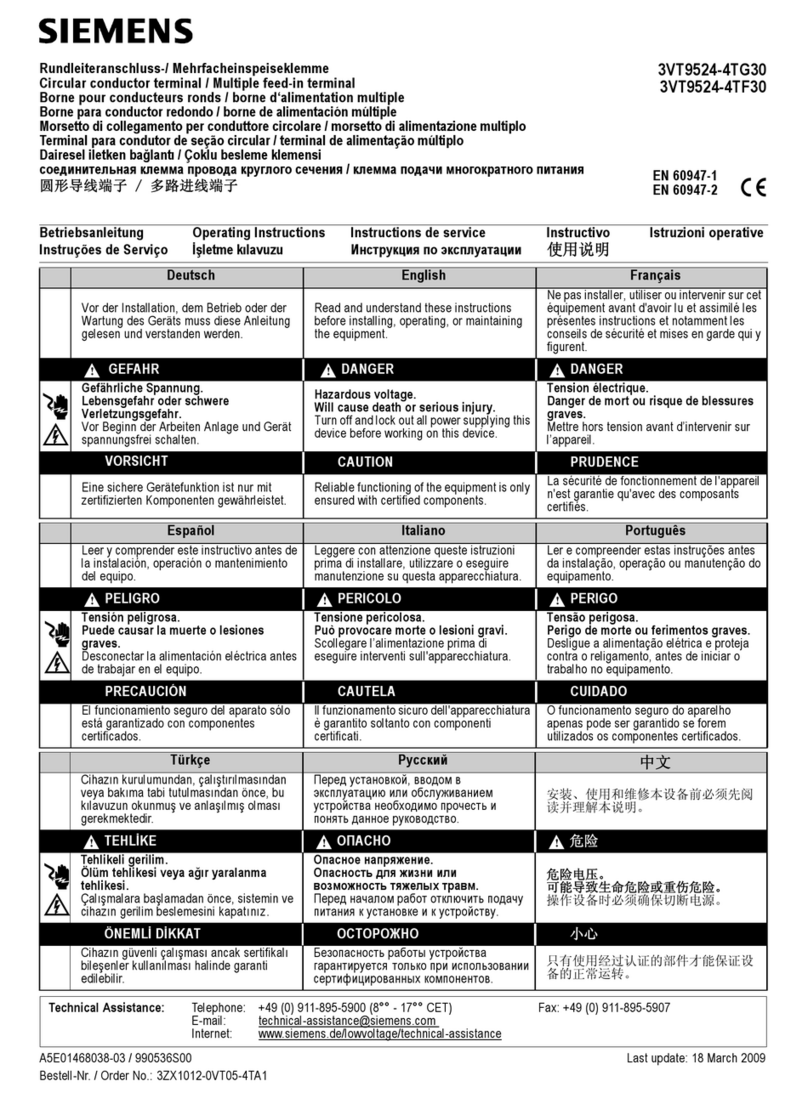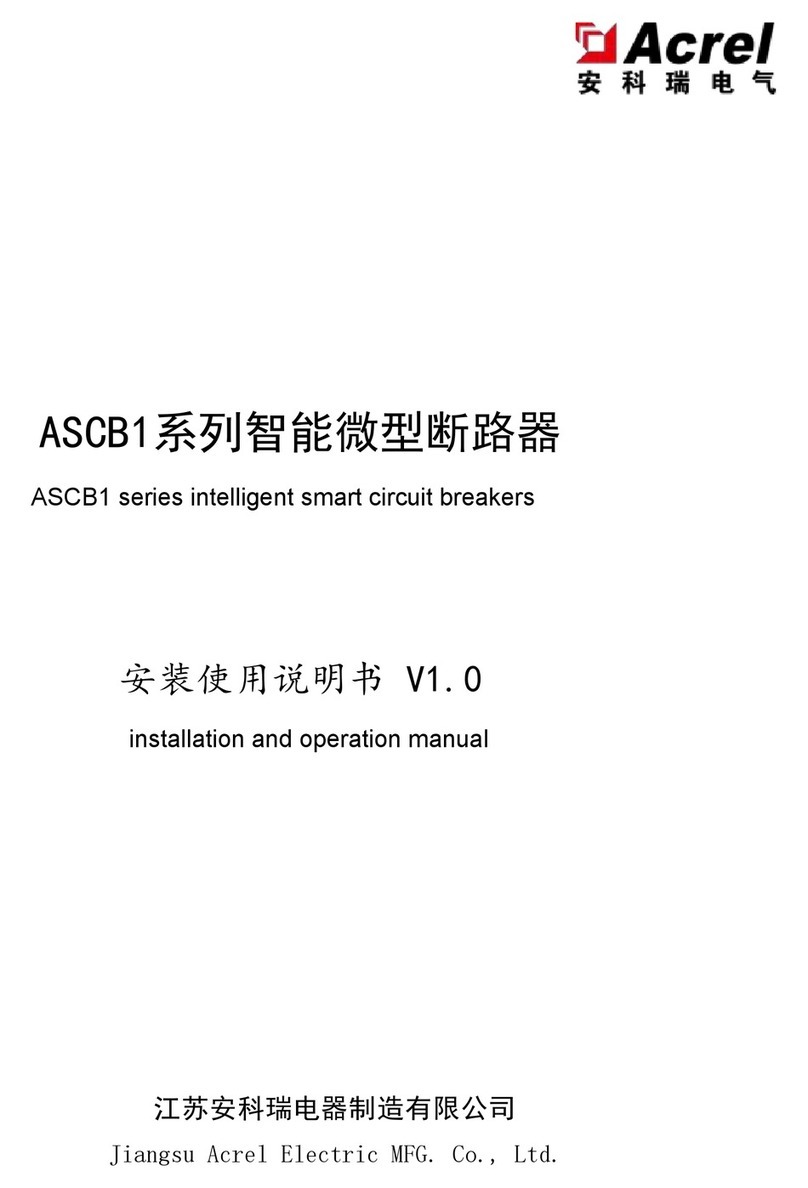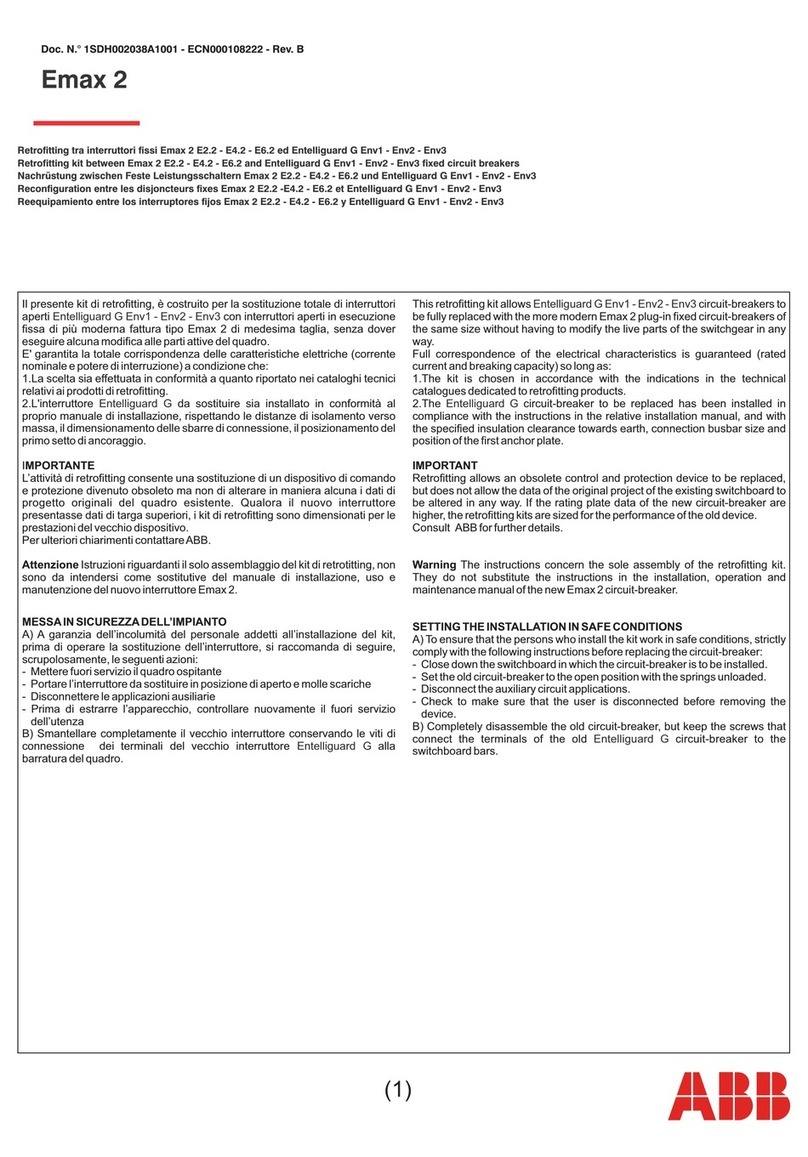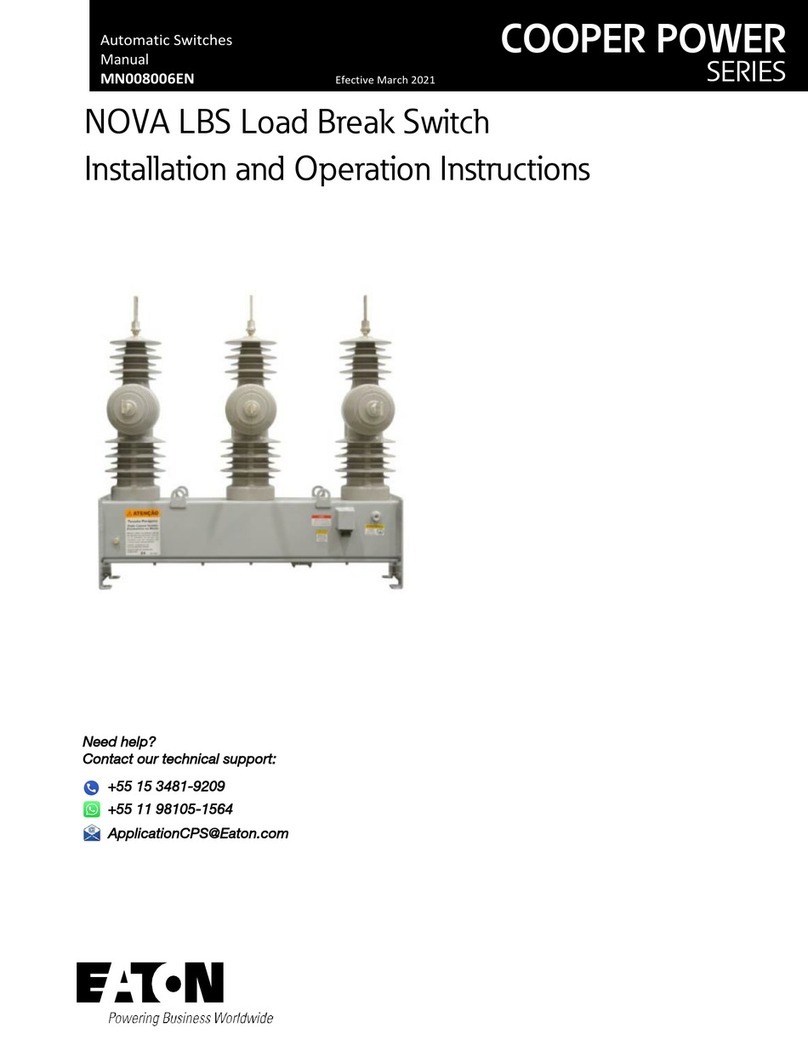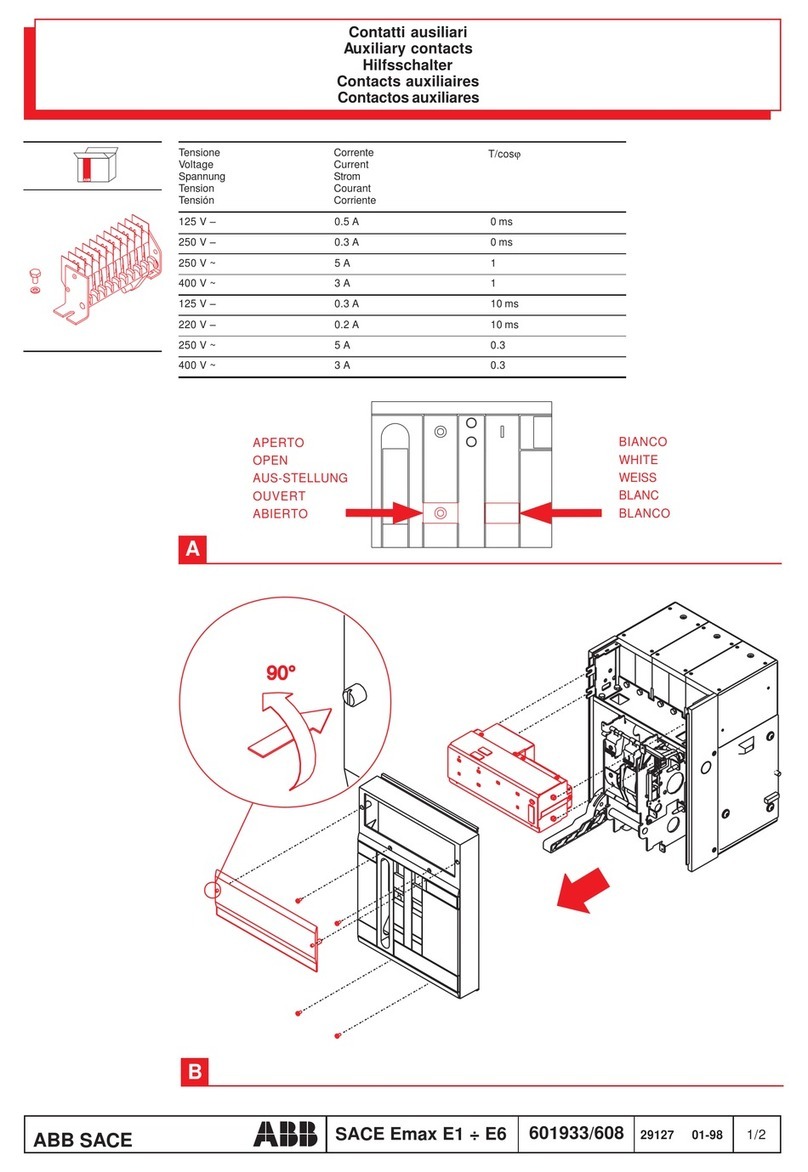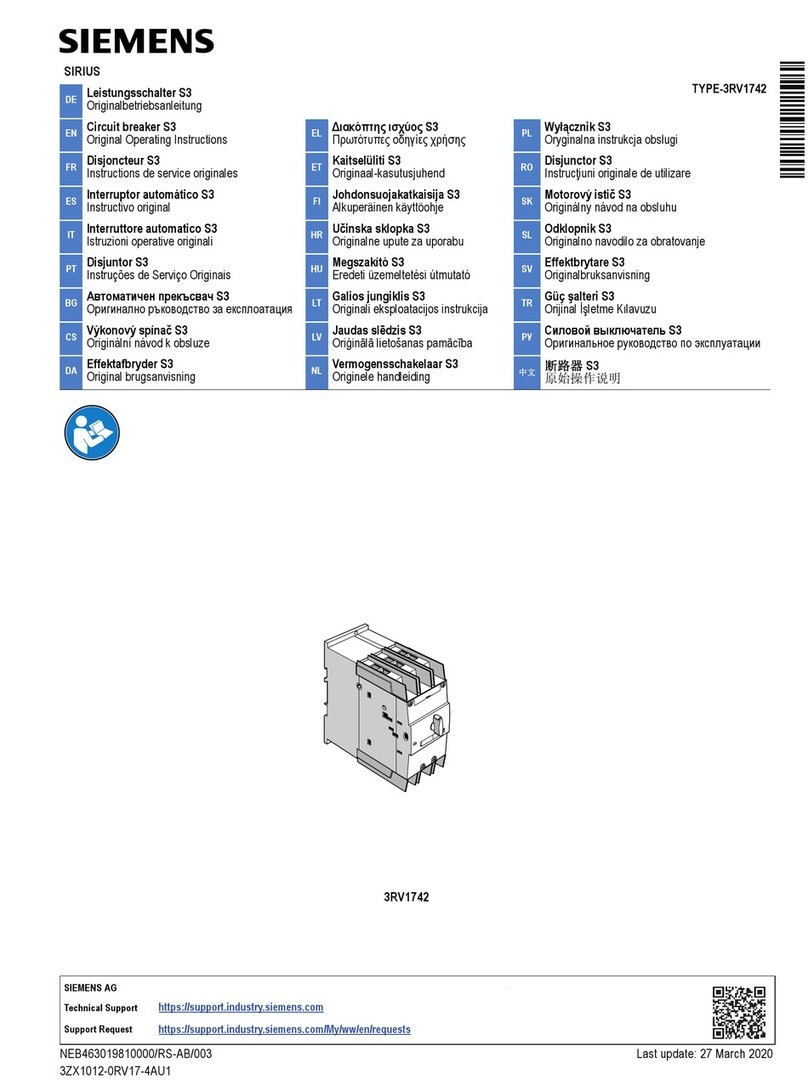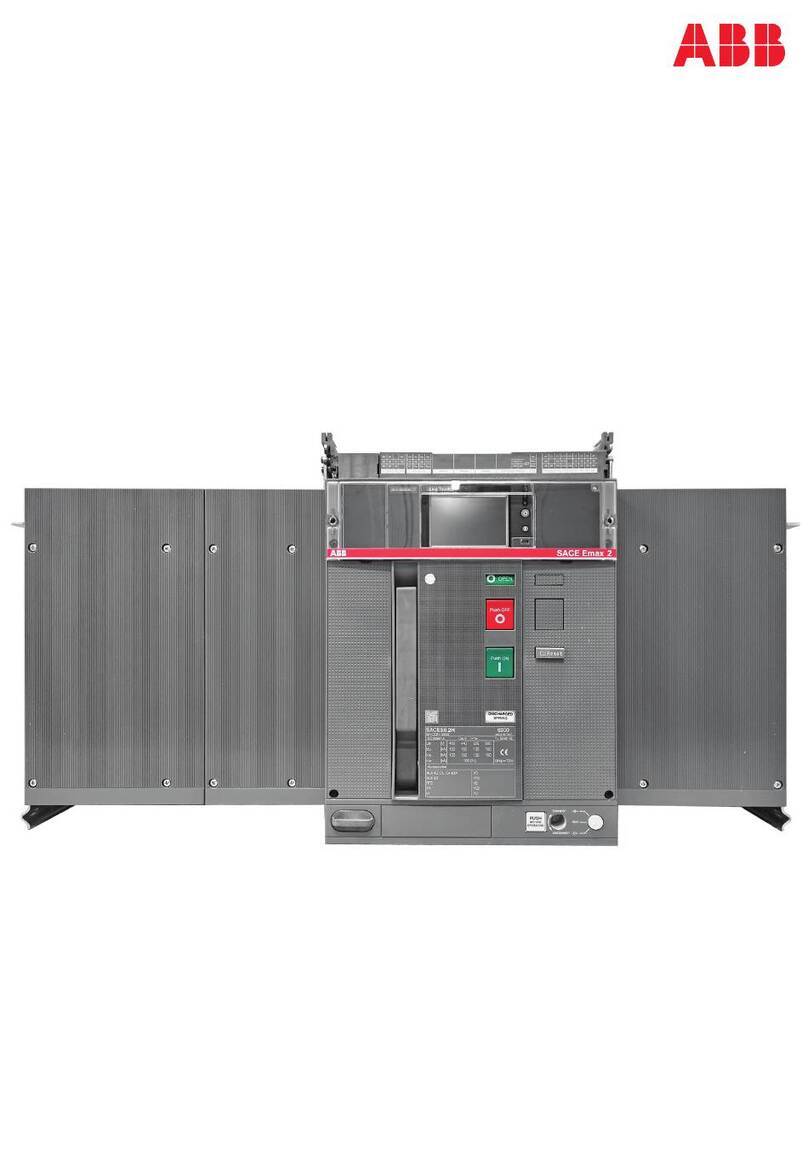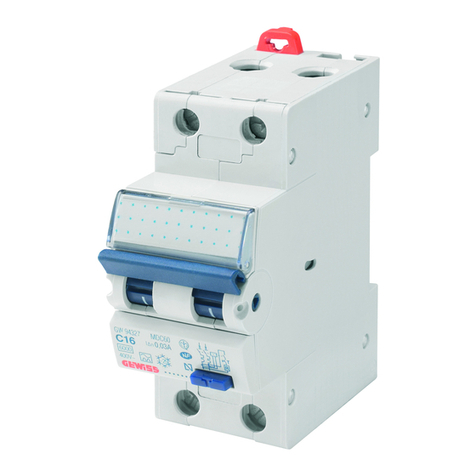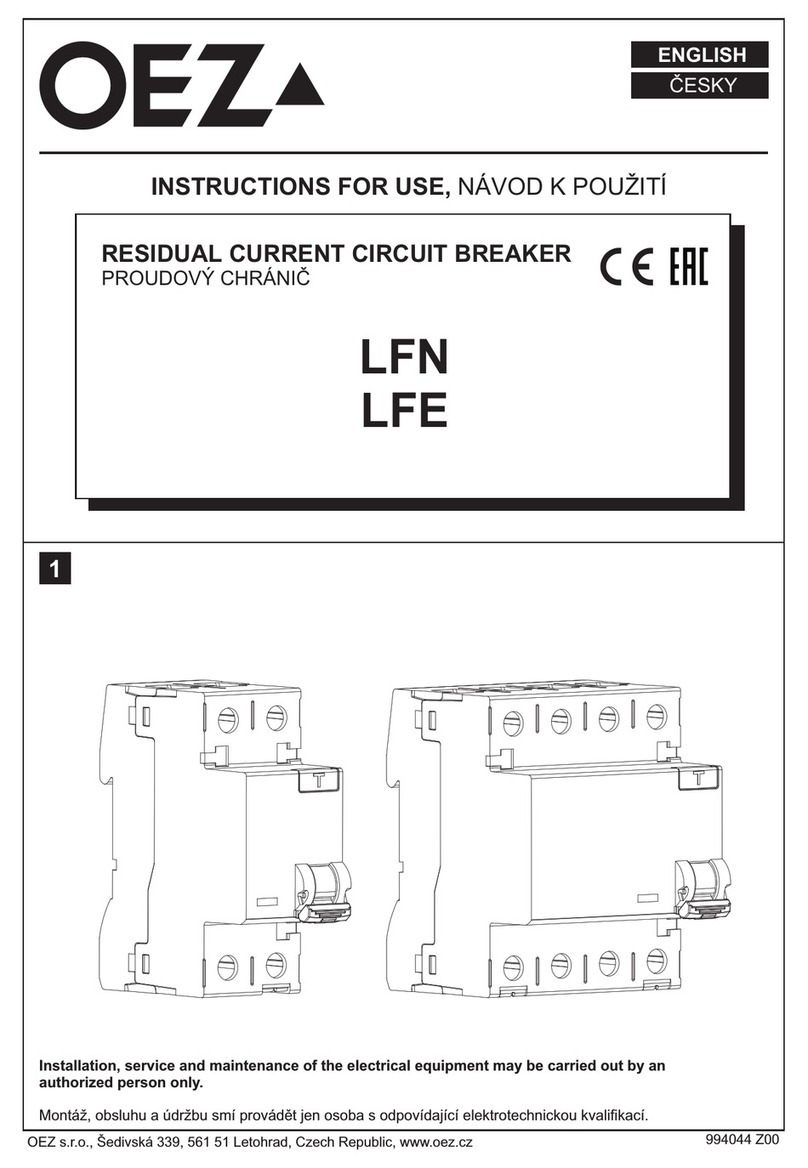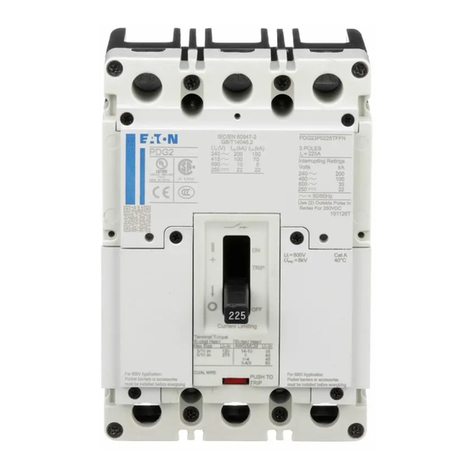
Page 4 TABLE OF CONTENTS
SAFETY....................................................................................................................................................1
INTRODUCTION ......................................................................................................................................7
GENERAL DESCRIPTION.......................................................................................................................8
Components..................................................................................................................................8
Indicators and Controls.................................................................................................................9
RECEIVING, INSPECTION AND HANDLING........................................................................................10
Receiving and Unpacking ...........................................................................................................10
Acceptance Inspection................................................................................................................10
Handling and Moving ..................................................................................................................11
INSTALLATION......................................................................................................................................12
Rating Verification.......................................................................................................................12
Mounting the Circuit Breaker to a Panel .....................................................................................13
Mounting Directly to a Shelf........................................................................................................15
Main Circuit Cable Connections..................................................................................................16
Ground Connections...................................................................................................................17
Control Circuit Connections ........................................................................................................18
PRE-ENERGIZATION CHECK ..............................................................................................................19
General .......................................................................................................................................19
Electrical Checks ........................................................................................................................19
OPERATION...........................................................................................................................................20
Manual Operation........................................................................................................................20
Electrical Operation.....................................................................................................................21
Undervoltage Trip........................................................................................................................25
MAINTENANCE .....................................................................................................................................26
Maintenance Program.................................................................................................................26
Maintenance Record...................................................................................................................26
Servicing Equipment...................................................................................................................26
Inspection and Maintenance Types ............................................................................................27
Table 1. Tightening Torques......................................................................................................27
Table 2. Check Points for Periodic Inspection ...........................................................................28
Vacuum Check............................................................................................................................30
DISPOSAL..............................................................................................................................................32
STORAGE..............................................................................................................................................33
Storage........................................................................................................................................33
Inspection During Storage...........................................................................................................33
SPECIFICATIONS..................................................................................................................................34
Phone:
800.894.0412
-
Fax:
888.723.4773
-
Web:
www.clrwtr.com
-
Email:
[email protected]